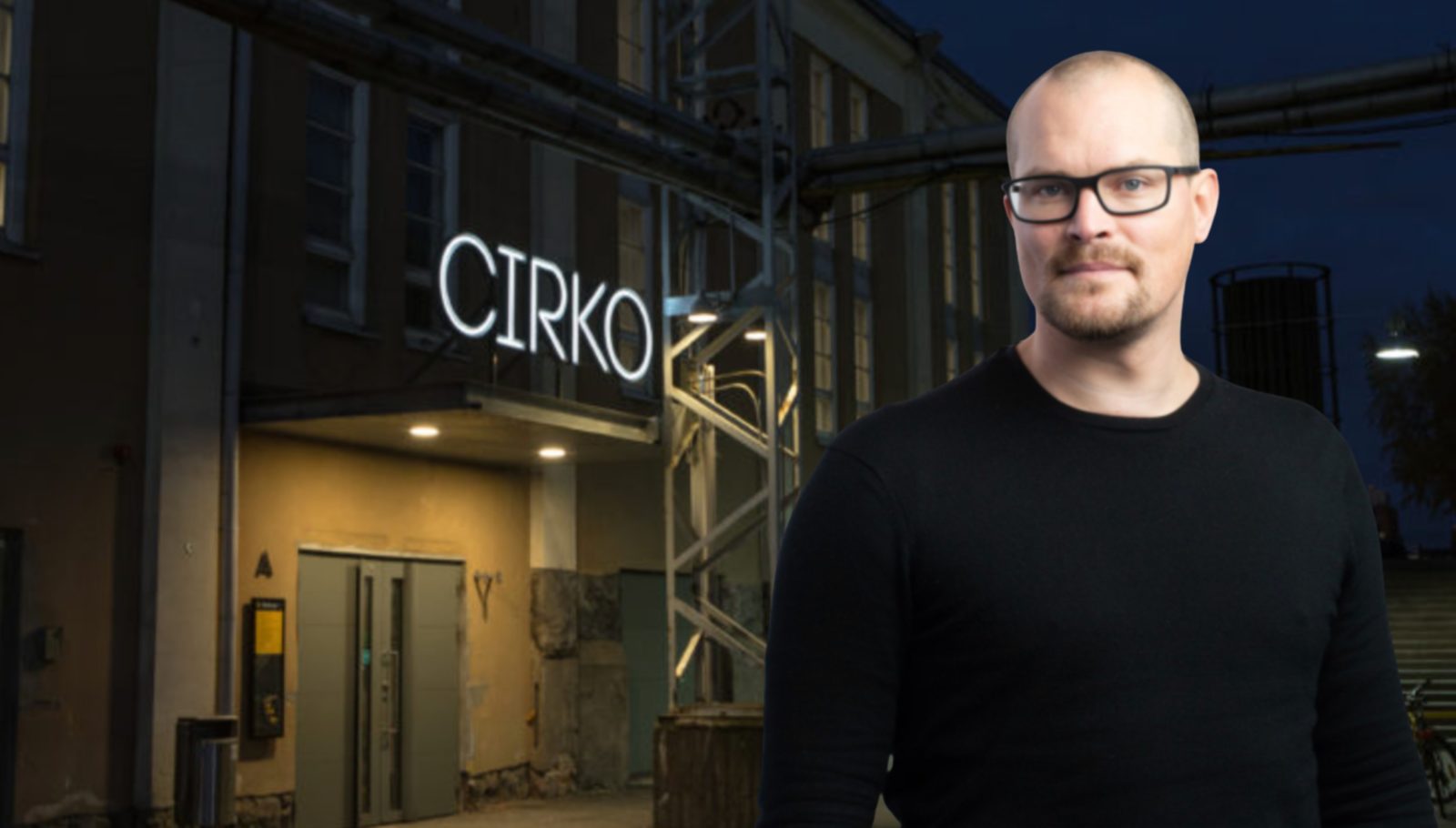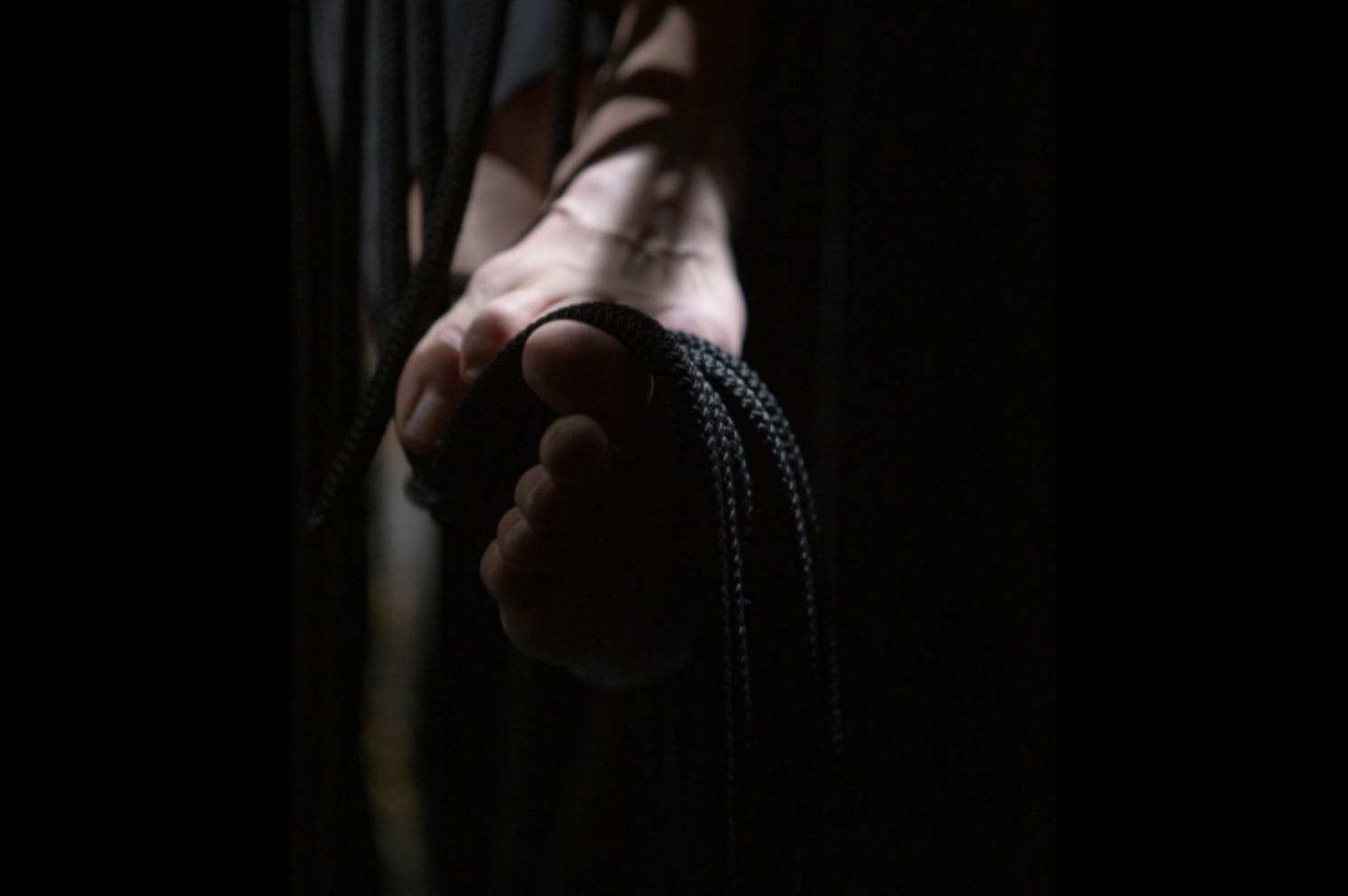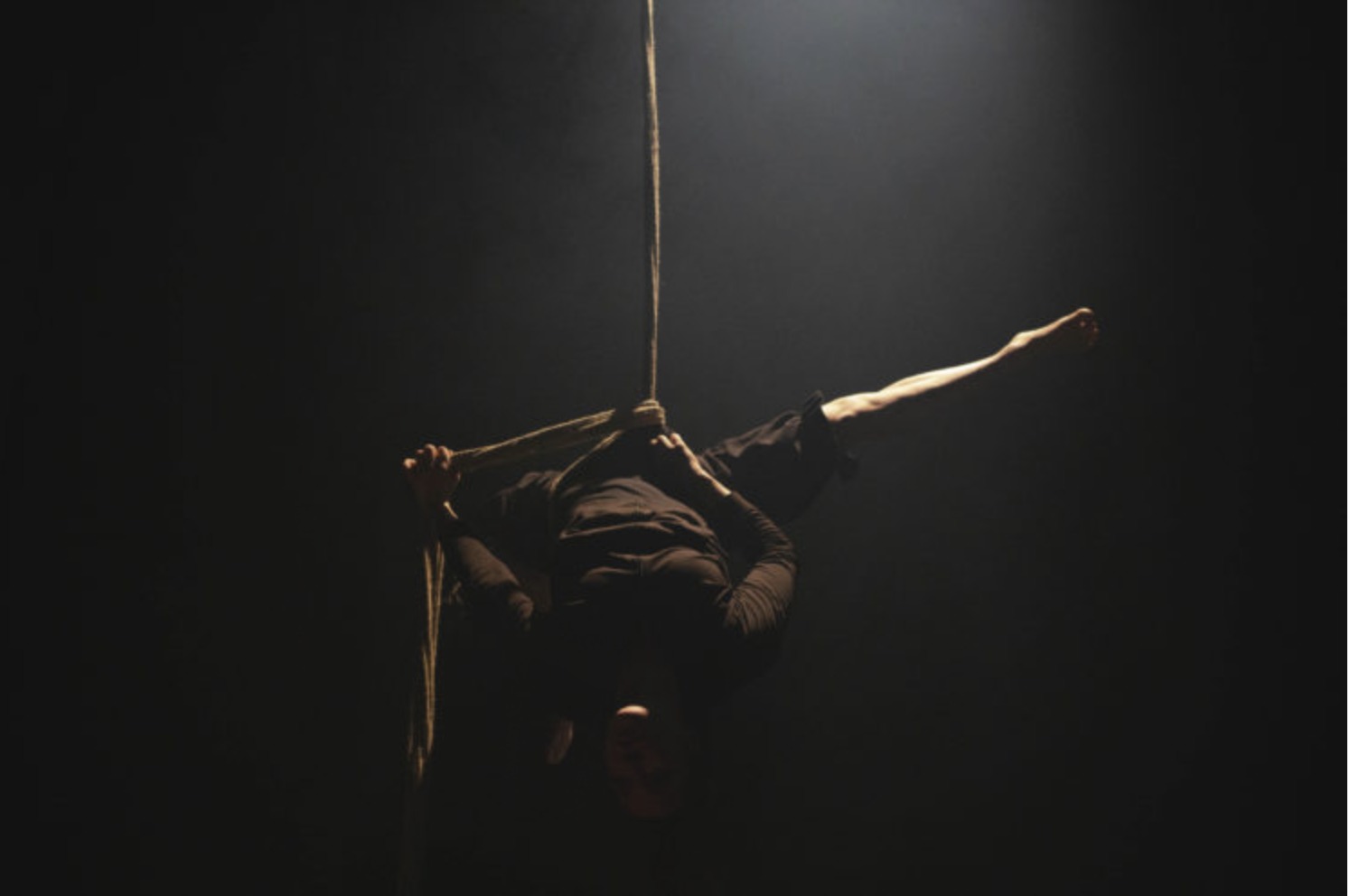Prominent Circus Development Centre in Helsinki Gains a New Director – An Interview with Cirko’s Jarkko Lehmus

Cirko – Center for New Circus, founded in 2002, is a prominent contemporary circus venue and artistic development centre in Finland. One of the key actors in the field, they promote artistic work, advance artistic thinking, and provide a stage for the performing arts.Cirko recently gained a new Director, Jarkko Lehmus, who has been active in Cirko since 2016, first as a producer and then as Acting Director. With his newly announced position, CircusInfo Finland invited Lehmus for an interview.
CircusInfo Finland (CIF): Let’s first talk about Cirko’s activities today. How extensive are Cirko’s operations at the moment and what are its central forms of activity?
Jarrko Lehmus (JL): Cirko’s core mission is to develop circus as an art and support the professionalisation of circus in Finland. Cirko has four main models of activity: artistic development centre, presenter, production house and commercial circus operator. The activities that fall under the artistic development centre operations include the year-round residency programme and all projects. The international networks that Cirko is part of link directly to artistic development.
There are ca. 200 circus artists in Finland. On an annual basis ca. 110 artists develop their artistic projects through Cirko’s residency programme. Cirko’s impact on the entire field of contemporary circus in Finland is substantial. The residency programme is currently free for the artists and has an annual open call. The rule of thumb is that each of the artistic teams has to include at least one circus artist who is either a Finnish citizen or resident. The residency programme is process-oriented. As such, there is no pressure from Cirko for the artist to create a production during the residency. That said, the artists mostly aim for creating productions in the residency.
Cirko’s annual performance programme is split between our own venues in the Suvilahti area of Helsinki and those of our partner theatres, such as the National Theatre of Finland, Dance House Helsinki, Espoo City Theatre and Alexander Theatre. Cirko presents both domestic and international contemporary circus works. Most of the domestic works are presented in Cirko’s own spaces and the international works are presented in the larger venues.
The production house model is still very much in its infancy. Cirko would need more money and staff to produce proactively. Currently we can co-produce one small-scale production per year. The aim is to develop larger collaborative co-production models with both domestic and international partners.

The commercial operations are split into venue rental and event production. Cirko’s communicates venue rentals by performing arts companies as the guest programme. The venues are rented also to the private sector and, for example, the large-scale music festivals that happen in the Suvilahti area. The other aspect of the commercial operator model is that of event production where circus performances are an integral part of the event.
Although Cirko is publicly funded by the state and the city, Cirko relies heavily on its own income from ticket sales, venue rental and event production. All commercial revenue is directed into the costs of the performance programme and other operations. The Covid-19 pandemic hit Cirko quite hard on this front. As a result, all forms of cooperation have become even more important. So much so that cooperation is at the very heart of Cirko’s entire 2022–2026 strategy.
CIF: In terms of Finnish artists, does Cirko work mainly with circus artists, or even with artists from other fields?
JL: As part of developing circus as an art, we always have to ask what circus is or could be. The projects or processes selected for the residency programme can be multi-, inter- or transdisciplinary as long as there is at least one Finnish circus artist involved. From the perspective of the performance programme, we have to be able to say that what we present is circus. Working with circus as a part of the larger field of contemporary performing arts, this very quickly becomes a philosophical question. We try to circumvent this by looking at what area of the sliding scale, where one end is clearly recognisable circus skill and the other is the wtf?, that each possible performance inhabits.
CIF: What kind of international operations and activities does Cirko have?
JL: We are long-standing members of Baltic Nordic Circus Network, Circostrada and circusnext. Most of our international projects are collaborative efforts with other network members. Developing the production house operation model will inevitably lead towards more complex and more informal networks of co-production partnerships.
CIF: What do you see as Cirko’s most important development goals in the near future?
JL: Sustainability is the main developmental goal. The financial aspect is pretty simple: we need to have enough money to be able to operate on the scale that we operate on and will operate on in the future. The main focus on the financial front at the moment is to raise the public subsidy from the city of Helsinki to cover the costs of operating the building.
The environmental aspect of sustainability is a long game that is intrinsically linked to the lifespan of the technical equipment, such as lighting fixtures, and also to our programming and production models. The main concrete questions are about replacing halogen lighting fixtures with led-lights, insulating the windows and cutting on unnecessary travel. Very practical stuff that we need to deal with on a daily basis.
Social sustainability can be broken down into looking after our current employees’ well-being, furthering accessibility of our building and operations, developing our connection with the surrounding communities and actively seeking to present works that a plurality of people could relate to. There is a lot of work that needs to be done on this front. We need more people to do all of this effectively. This brings us to further development of inclusive recruitment practices and finally back to financial sustainability: we need to be able to pay the wages of the people we need to recruit.
CIF: One of Cirko’s main goals is the artistic development of the circus field. What exactly do you mean by that?
JL: I don’t mean much. The artists mean in a lot of different ways. We are here to help the artists clarify their own visions. That in itself is artistic development. In Finland, there is no university-level artistic education in circus at the moment. Most artists learn skills of artistic thinking, conceptualising, contextualising, composition and verbalising their art only through artistic practice and funding applications. This is a rocky road to travel especially since a circus artist’s career is a rather short one. Most of these are skills that the artists need to be able to acquire funding as well. The majority of our professional development projects aim to bridge this gap in the path of artistic development available for circus artists in Finland.
CIF: What does Cirko offer to the works it co-produces?
JL: We don’t have that much to offer at the moment. Most of what we offer is our space and time: mostly three-week creation periods in our studios and a couple of hours a day of our staff’s working time. As it happens, our technical producer is a lighting designer and I’m a dramaturg that occasionally slides into choreographing, movement directing and directing, if needed and wanted by the artists. As far as money goes we can offer about 15 000€ in cash once per year. This usually goes into the artists’ wages. All put together this is not an insignificant contribution. Being a small organisation hitting way above our weight class means that we need to consider long and hard every single possible production engagement. We can’t stretch ourselves too thin or we will be good for no one. If we’d have a bit more money and staff, our proposition could be a bit more substantial. That is a future I would like to invite to become reality.
CIF: When is Cirko’s next open call for residencies? Who can apply, and with what kind of projects?
JL: Our annual open call for the residency programme is during the last two weeks of September. If you’ve read this far, you’ve got a pretty good idea of what’s going on. If you are not Finnish, you’d do well to make Finnish friends. You can find more details about the residency programme on Cirko’s website.
CIF: Cirko’s new focuses include community-based activities in its neighbouring areas. What kind of activities and events will this include?
JL: The communities we are not part of yet will have to tell us. First we need to come out of our building and ask them what they find important and then try to figure out how we could deal with these issues together through circus. This is all about doing things with and from the surrounding communities rather than to or for them.
In your view, where do you think Cirko will be in five years?
JL: Let’s will this to happen: Cirko will be a wholly sustainable centre of a thriving community of circus artists and the local communities. A haven for unbridled artistic development and a lean mean co-production machine with a wild streak.
It will take a lot of hard work and a big dollop of luck to make this happen, especially since we’ll most likely be surrounded by various construction sites for the next twenty years. That’s the downside of the Suvilahti and Kalasatama area having so much potential. Plenty of property developers are sinking their teeth into the area. We are surfing on the wave of gentrification.
Jarkko Lehmus is a dramaturg and director specialising in non-verbal performative arts. He has worked professionally in the field of performing arts since 1995, with experience ranging from dancer to choreographer, artistic director to producer. Alongside his artistic work, Lehmus has also been an active member of the performers’ unions and arts organisations both in the UK and Finland. Lehmus has been active in Cirko since 2016 when he took the position of producer. As Director, his duties include planning and development, management and administration, partnerships and stakeholders, artistic planning, projects and networks, and artistic development.
.
This article was originally published at CircusInfo Finland on October 3rd, 2022. Interview conducted by Essi Brunberg / Pragma Helsinki. Main image: CIRKO - Center for New Circus in Helsinki (Photo: Jouni Ihalainen) Jarkko Lehmus (Photo by Tero Ahonen)
Editor's Note: At StageLync, an international platform for the performing arts, we celebrate the diversity of our writers' backgrounds. We recognize and support their choice to use either American or British English in their articles, respecting their individual preferences and origins. This policy allows us to embrace a wide range of linguistic expressions, enriching our content and reflecting the global nature of our community.
🎧 Join us on the StageLync Podcast for inspiring stories from the world of performing arts! Tune in to hear from the creative minds who bring magic to life, both onstage and behind the scenes. 🎙️ 👉 Listen now!

